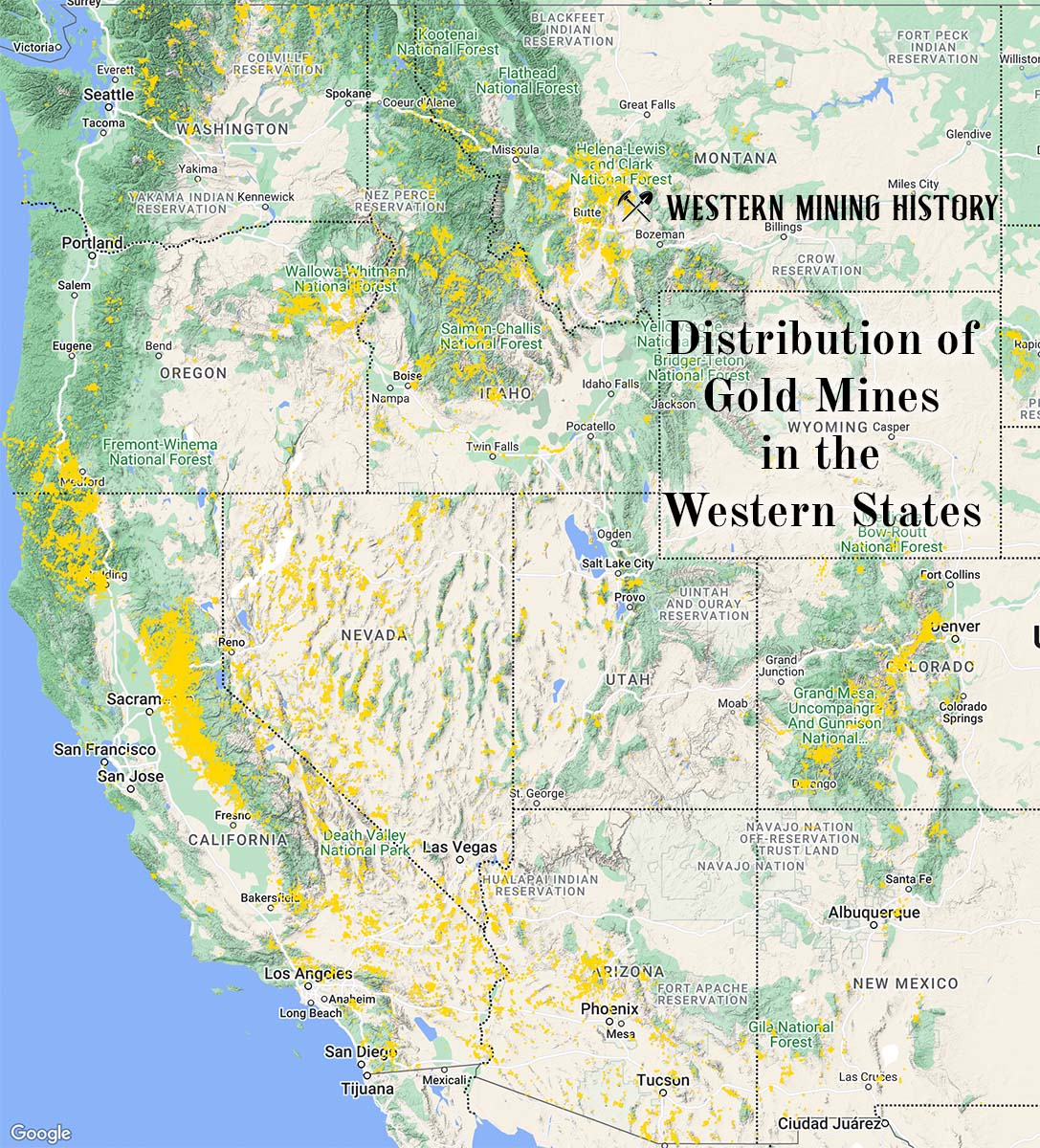The Hub is a copper mine located in Alaska.
About the MRDS Data:
All mine locations were obtained from the USGS Mineral Resources Data System. The locations and other information in this database have not been verified for accuracy. It should be assumed that all mines are on private property.
Mine Info
Hub MRDS details
Site Name
Primary: Hub
Commodity
Primary: Copper
Location
State: Alaska
District: Kiana
Land Status
Not available
Holdings
Not available
Workings
Not available
Ownership
Not available
Production
Not available
Deposit
Record Type: Site
Operation Category: Prospect
Operation Type: Unknown
Years of Production:
Organization:
Significant:
Physiography
Not available
Mineral Deposit Model
Not available
Orebody
Not available
Structure
Not available
Alterations
Not available
Rocks
Not available
Analytical Data
Not available
Materials
Ore: Chalcopyrite
Ore: Malachite
Ore: Pyrite
Gangue: Calcite
Gangue: Quartz
Comments
Comment (Reference): Primary Reference = Degenhart and others, 1978
Comment (Workings): Workings / Exploration = Selected samples from the mineralized veins contained 1.1% Cu, 0.9-2.2 ppm Ag and 5 ppb Au (Degenhart and others, 1978).
Comment (Deposit): Model Name = Sulfide-bearing quartz calcite veins cutting limestone.
Comment (Deposit): Other Comments = This occurrence is located within the Kobuk Valley National Park.
Comment (Geology): Geologic Description = Bedrock at the Hub prospect is Devonian Skajit limestone and dolomite underlain by green phyllite. The Skajit limestone in this area is bounded on the east, west and north by lower Paleozoic schists and phyllites (Schmidt and Allegro, 1988). Some chalcopyrite and malachite occur in stream float in the upper reaches of the Salmon River. Follow-up work identified copper minerals in two outcrops about 1,000 feet apart. The minerals are in small, quartz-calcite veins that cut dolomite. Rock units strike N. 30 W. and dip 50 degrees W.? A rock sample from the east side of the valley assayed 0.35% Cu and a rock sample from the west side assayed 1.1% Cu. Stream silt samples failed to detect anomalous copper. This may be attributed to the abundance of carbonate rocks in this area which may suppress chemical transport of metal ions (Degenhart and others, 1978).
Comment (Exploration): Status = Inactive
Comment (Geology): Age = Devonian
References
Reference (Deposit): Degenhart, C.E., Griffis, R.J., McQuat, J.F., and Bigelow, C.G., 1978, Mineral studies of the western Brooks Range performed under contract to the U.S. Bureau of Mines, Contract #JO155089: U.S. Bureau of Mines Open-File Report 103-78, 529 p., 11 sheets.
Reference (Deposit): Cobb, E.H., Mayfield, C.F., and Brosge, W.P., 1981, Summaries of data on and lists of references to metallic and selected nonmetallic mineral occurrences in eleven quadrangles in northern Alaska (Arctic, Baird Mountains, Chandler Lake, DeLong Mountains, Demarcation Point, Howard Pass, Misheguk Mountain, Mount Michelson, Noatak, Point Lay, and Table Mountain); Supplement to Open-File Report 75-628; Part A, Summaries of data to January 1, 1981: U.S. Geological Survey Open-File Report 81-767-A, 25 p.
Reference (Deposit): Schmidt, J.M., and Allegro, G.L., 1988, Map showing mineral occurrences and indicators in the Baird Mountains quadrangle, northwestern Alaska: U.S. Geological Survey Miscellaneous Field Studies Map MF-1992, 1 sheet, scale 1:250,000.
Reference (Deposit): Grybeck, D.J., 1977, Known mineral deposits of the Brooks Range, Alaska: US Geological Survey Open-File Report 77-166C, 41 p., 1 sheet, scale 1:1,000,000.
The Top Ten Gold Producing States

These ten states contributed the most to the gold production that built the West from 1848 through the 1930s. The Top Ten Gold Producing States.